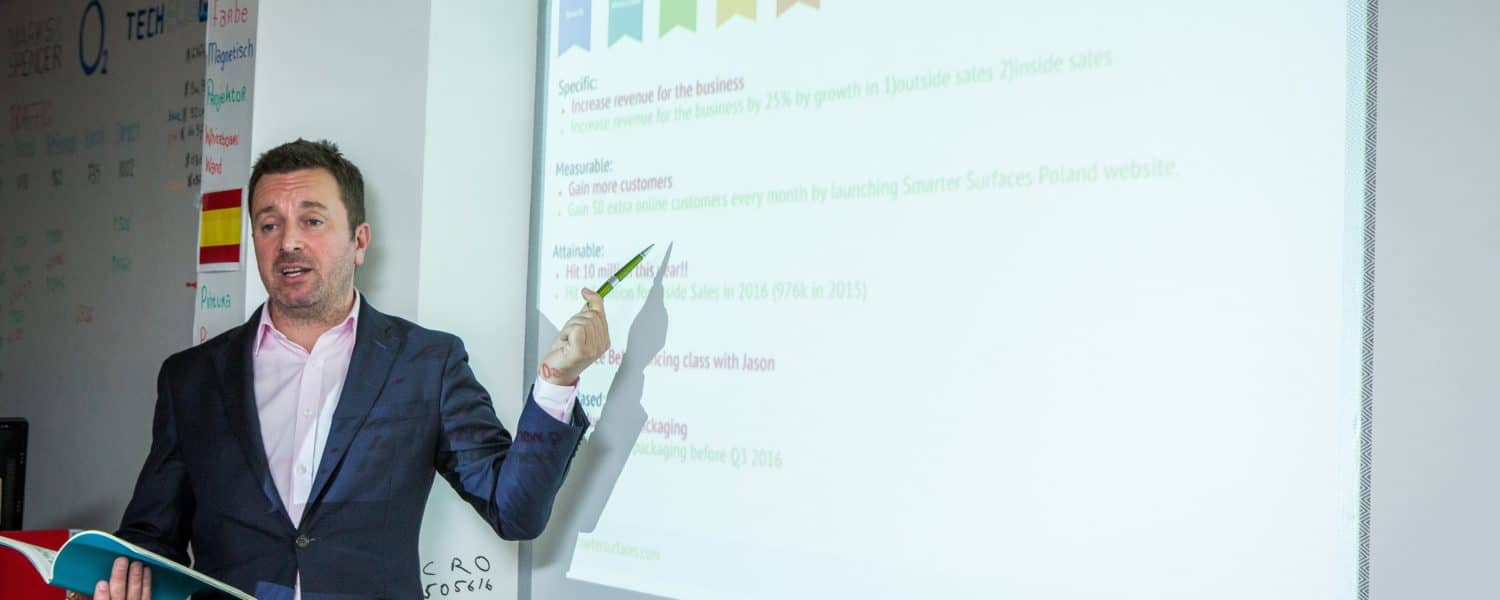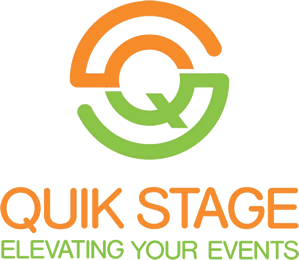Schools are increasingly looking to add more technology to their classrooms. When it comes to looking at your projection setup, all the attention can end up focused on what projector to buy.
The screen you match with your projector is just as important! A good combination will have a major effect on performance, especially in a bright classroom.
With the latest innovations, you don’t just have to have a separate projector screen. The latest screens integrate whiteboard and magnetic functionality, too. This can aid you in creating more dynamic lessons that keep your students engaged. Deliver lessons in a variety of formats to capture their attention.
Here are the benefits of choosing a multifunctional projectable whiteboard:
Increased Student Collaboration
Not only can you use a projectable whiteboard to show, rather than just tell, these multifunctional surfaces can be a great way to encourage collaboration with your students. Students can engage and interact with the board in new ways that help reinforce a lesson and get them working with one another.
Increased Students Engagement
Getting students to move from their desks can help how attentive they are during lessons. A dual function board that allows students to work with a projected image and markers is more fun than sitting at the desk all day!
More Options for You!
A whiteboard projector surface is more versatile than a screen on its own. This will help you make classes more interactive and dynamic by switching between writing and projection mediums easily.
We’ll go through some of the main considerations when it comes to making sure you choose the right screen for your classroom.
Room Lighting
You are most often going to be using your projector with ambient lighting, so a screen with a higher gain value will be required.
Gain value is a measurement of how much more or less light a projector screen will throw back. If the value is greater than 1.0, then the image projected back off of the surface is brighter than the image being projected at the surface.
High-gain screens reflect back more light, which can help provide a brighter, less washed-out image in bright rooms or with lower-lumen projectors. That’s perfect for a classroom environment.
Higher-gain screens can suffer from hot-spotting, where part of the screen looks noticeably brighter. Usually, the picture will look best to viewers who sit directly in front of the screen rather than off to the sides. Newer screen technology will have wider viewing angles. This means that even the children sitting at the edges of the classroom won’t experience much hot-spotting.
For a bright classroom, a high lumen projector (2500+ ANSI Lumens) should be used with a screen that has a good gain value (around 0.9 – 1.2). The screen should also maintain visibility and reduce hot-spotting at wider viewing angles, up to 120-160 degrees.
Traditional Projector Screens vs. Multifunctional Walls
It used to be the case that your projector screen had to be pulled down over the whiteboard and used separately. Or set up on its own stand! Now you have the option to create whiteboard surfaces that are optimized for projecting onto.
Whiteboard surface solutions with a matte finish are specifically designed to have good gain values for projecting in the classroom. Rather than projecting onto a standard whiteboard, a specialist projectable whiteboard will allow all your students to more clearly see what’s happening, even in a brighter room! This is a great way to visually engage the classroom, as your students can interact with the image on the whiteboard.
One of the biggest benefits of using a projectable whiteboard surface can be when you are using an interactive projector. Rather than have a dedicated screen, you can keep one multifunctional surface, swapping between uses.
Types of Multifunctional Projection Surfaces
There are two main options available: a projection whiteboard or a multifunctional wallpaper. Both can be a good option depending on your requirements. Whether you choose a board or wallpaper, both will usually work with interactive projectors and will have the option to add magnetic functionality, too.
Projection Whiteboards
These are great for a quick installation, as they are an out-of-the-box solution. If you have smaller wall space and want to get the board up immediately, you can’t go wrong with a predesigned board.
The drawback to installing a projectable whiteboard is that you will be limited by the size of your installation. Traditional whiteboards, including projection whiteboards, tend to be less accessible for younger students or students with a disability, as they are fitted higher off the ground.
Projectable Whiteboard Wallpaper
One of the great benefits of using a wallpaper is how it can be applied to a whole wall if you want. There are no limitations to the space you can create to engage students. Wallpapers can be applied floor to ceiling, too, which makes them very accessible for all students in the classroom.
Wallpapers are a more custom solution, but they are also quick to install. It doesn’t matter if you only want to fill a section of the wall to project and write on or fill the entire space. They will adapt to your requirements.
Whether you decide to go for a board or a wallpaper, just make sure the product has a good gain value and viewing angle. This will make a big difference if your students are collaborating using the surface and you’re in a bright environment.
This article is courtesy of Smarter Surfaces, a global leader and producer of a truly innovative range of magnetic, whiteboard and projection products, www.smartersurfaces.com.





